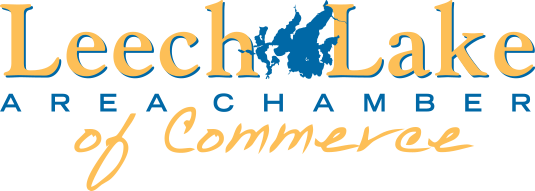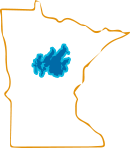Take Your Business to the Next Level with Smarter Client Onboarding
In the competitive landscape of modern business, the client onboarding process is a pivotal moment that can set the tone for future interactions. A well-executed onboarding strategy not only enhances client satisfaction but also streamlines your operations, making your business more agile and responsive. By leveraging digital tools and innovative approaches, you can transform onboarding from a cumbersome task into a seamless experience that reflects your brand’s professionalism and commitment to excellence.
Empower Your Clients with Comprehensive Training Modules
Developing comprehensive training modules is key to educating clients about your offerings and how to maximize their benefits. By incorporating interactive elements like hands-on exercises and real-life scenarios, you ensure that clients understand your services and feel confident in applying them. Visual aids such as graphs and charts, along with supplementary reading materials, can further enhance their learning experience. Gathering feedback from clients throughout the training process allows you to refine and improve the modules, ensuring they remain effective and relevant.
Streamline Client Onboarding with Digital Tools
Embracing digital tools is a game-changer for managing, organizing, and storing essential onboarding documents. These tools offer automated workflows that eliminate the need for paper documents, providing a seamless and professional experience for your clients. By efficiently categorizing and retrieving client files, you can significantly reduce the time spent on administrative tasks. Additionally, the process of merging PDF files into a single document simplifies the task of sending and storing files, making it easier to maintain organized records. This approach not only boosts productivity but also keeps your business competitive in a digital environment.
Accelerate Client Onboarding with Digital Contracts and E-Signatures
Utilizing digital agreements and e-signature platforms can significantly speed up the client onboarding process. Transitioning from traditional paper contracts to digital formats eliminates the need for physical document handling and scheduling conflicts, allowing for quicker contract completion. This digital-first approach reduces administrative burdens and enhances accuracy by minimizing errors commonly associated with manual processes. The ability to sign contracts on various devices adds a layer of convenience and flexibility, crucial for businesses operating across different time zones.
Streamline Client Onboarding with a Centralized Document Repository
Creating a centralized digital document repository is essential for enhancing the efficiency of client onboarding. By consolidating all client-related documents and resources into a single, easily accessible digital space, you can significantly reduce the time spent searching for information. This system allows employees to quickly retrieve necessary documents using keywords, metadata, or a structured folder system, thereby improving productivity and collaboration. Implementing permissions based on roles and departments ensures that sensitive information is protected from unauthorized access.
Crafting a Personalized Welcome Package for Client Engagement
A personalized welcome package that includes content such as videos, guides, and checklists tailored to your client’s industry can significantly enhance the onboarding experience. By incorporating industry-specific materials, you demonstrate a deep understanding of your client’s unique needs and challenges, helping to establish trust and credibility from the outset. This approach not only sets clear expectations but also showcases your expertise and commitment to providing value.
Improve Client Onboarding with Feedback Integration
Gathering client feedback during onboarding helps catch potential issues early and allows for quick adjustments. When clients feel heard, they become more engaged and confident in the process. Open communication builds trust and encourages a stronger connection from the start. Small refinements based on their input create a smoother experience and set the stage for long-term satisfaction. A well-structured feedback loop turns onboarding into a collaborative effort rather than a rigid process.
Centralize Communication Through Onboarding Software
Using client onboarding software streamlines communication and document sharing, keeping everything organized in one place. Team members and clients can access the same information, cutting down on confusion and mistakes. A structured system speeds up the process and reduces unnecessary back-and-forth. Clear expectations and easy access to resources create a smoother experience for everyone involved. A well-executed onboarding process leaves a strong first impression and builds trust.
Streamline Client Onboarding with Communication Templates
Creating templates for routine client communications during the onboarding phase can significantly enhance efficiency and uniformity in your messaging. By utilizing a set of predefined templates, you ensure that no critical information is overlooked, reducing the risk of miscommunication and delays. This approach not only saves time but also helps in maintaining a professional and consistent tone across all client interactions.
Implementing these strategies can transform your client onboarding process into a streamlined, efficient, and client-friendly experience. By focusing on innovation and client needs, your business can achieve greater operational efficiency and foster stronger client relationships, setting the stage for sustained success in a competitive market.
You can start to discover the magic of Leech Lake, where rich history meets adventure. Visit Leech Lake to plan your perfect Minnesota getaway today!





